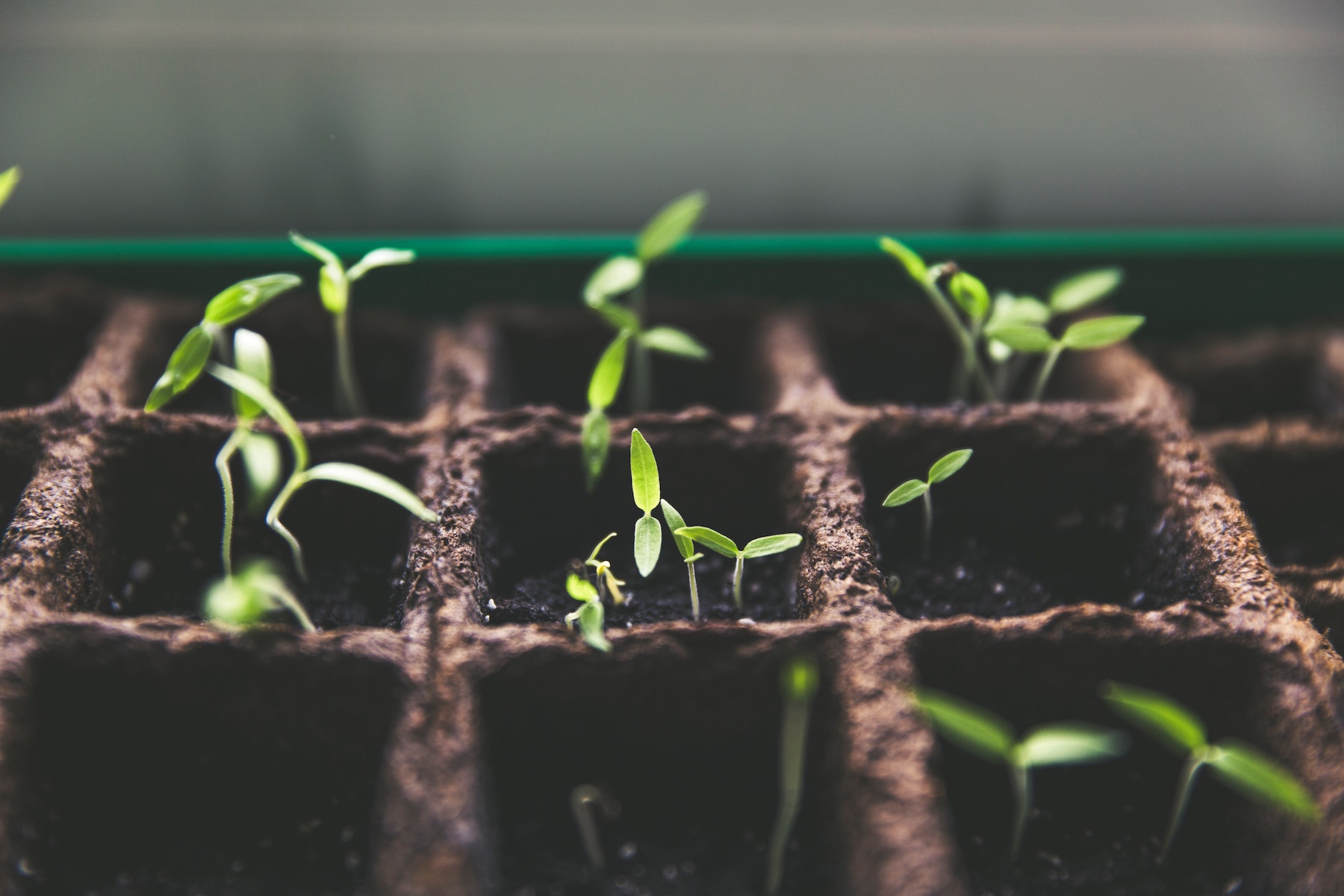How to create a crop plan

Planning your crop is one of the most important steps in growing your own produce. A good crop plan will keep you organized and help you make better decisions about what to plant, when to plant it, how much to plant and so on. This guide will walk through the basic steps for creating a crop plan from start to finish!
Know what you are going to be planting and when
Know what you are going to be planting. It’s important to know the seasonality of your crops, as well as that of your customers and competitors. This will help you create an appropriate crop plan for your farm or garden.

Make sure that you have a good understanding of what is happening in the market at any given time. This will help with marketing strategies, sales teams and buyers who may want products earlier or later than usual due to weather conditions or something else happening on their side of the equation.
Estimate yields accurately to predict cash-flow better

Determining your yield is the first step to estimating your cash-flow. Because crops are generally grown and sold on an annual basis, it's important to know how much you can expect to make from each crop in order to accurately plan ahead for the entire season.
Shopping list of new equipment
The next step is to start looking at your equipment needs. You don't need to rush out and buy everything all at once, but you should know what you're looking for and how much it will cost. Next thing to do is get the best deal possible on said equipment.

This means checking inventory first! If there are any items in stock, try calling around local dealerships; they may be willing to give you a better price if they don't have any left over inventory sitting around collecting dust in their warehouse. Also consider buying used instead of new; many people sell their old farm machinery when they upgrade their tools so it's worth checking into before purchasing something brand new (which can be very expensive).
Create a list of expenses
It is important to create a list of expenses that will come up during the year and plan accordingly. If you have never created a crop plan before, it can be helpful to think about what your costs will be like in the coming season so that you can ensure that they are covered.
The following expenses should be considered:
- Seed
- Compost
- Water rates
- Soil amendments
- Machinery repairs & maintainence
- Labour costs
- Insurance
- Transport
- Farmers' market fees
- Marketing costs
- Sales tax
Know when to plant each crop
When to plant outdoors
If you’re growing in a climate that is warm year-round, you can plant most crops directly into the ground. The exception to this rule would be if you live in an area where temperatures are below freezing during certain months, or if you have issues with pests eating your seeds when sown directly.

For most spring crops, you want to make sure the soil temperature is above 50 degrees. This can be done by using a soil thermometer or just digging down a few inches and checking if it's warm enough. If your soil feels like cold mud, wait another week or two before planting. Trust your senses!
When to plant indoors (indoors vs. outdoors)
If you live somewhere with harsh winters or hot summers (or both!) it may be necessary to grow your plants inside before transplanting them outside later on in the season. If that sounds like a plan for your garden, here's how: Make sure you have plenty of natural light available by placing them in a greenhouse or hoop-house, or other sunny, covered place, where they will get at least 8 hours of sunlight per day.
When seedlings are of an appropriate size, and the risk of frost has passed, plants can then be transplanted outdoors.
Have an idea of what tasks will be done each week
A crop plan is your blueprint for how you want your market garden to work and what you want it to produce throughout the season. It's essentially a schedule of what tasks will be done each week. So having an idea of what tasks are going to be completed each week is crucial to successfully managing time and priorities.
 Photo by Tony Pham on Unsplash
Photo by Tony Pham on Unsplash
To make sure that your crop plan works, take some time at the beginning of the season (or right now!) to figure out what kinds of plants need to go in at what time during the year so that they can grow and mature properly. See our market garden task management tool if you need help with this.
Plan when to harvest each crop
The timing of your harvest is crucial. Each crop will have a different length of time between planting and maturity, but the idea is to harvest them when they're ripe.
 Photo by Kamala Bright on Unsplash
Photo by Kamala Bright on Unsplash
It's important to remember that there are two kinds of crops: annuals and perennials. Annuals are single-harvest plants, so you'll want to plant them each season and harvest one or multiple times per year depending on the species. Most things you'll grow on a market garden are annuals; leafy greens, carrots, legumes, root vegetables etc.
Perennials are multi-year plants, meaning you can use their produce for many years without having to replant them each season (as long as they survive). Examples of this might be fruit trees/bushes and certain vegetables e.g. asparagus.
Taking your produce to market
Once you’ve decided what your harvest schedule for the season looks like, it's time to get your produce out there. You'll need to take your crop plan into consideration when deciding when and where to sell your produce.
In order to successfully market your products, you need to know who is going to buy them and where they will be sold; this includes farmers markets, grocery stores, restaurants or individual buyers. You also need a good relationship with those customers so that they keep coming back for more of what you have available — and hopefully tell others about it as well!
But most importantly, is knowing what you'll have for sale at specific times of the year. The further ahead you can estimate this, the better!

Knowing the price of other crops in your area (and ones that aren't grown locally) is important too because then you can compare prices between different farms/producers and decide whether or not yours are competitively priced enough for consumers' budgets at different times throughout the year.
Conclusion
It’s always a good idea to plan ahead and know what you are getting into. As with any business, it’s important to have a clear vision of what your goals are and how they can be achieved. Creating a crop plan is an excellent way to ensure that all aspects of your farm are accounted for so that nothing slips through the cracks!
Try MarketGardenPro for Free